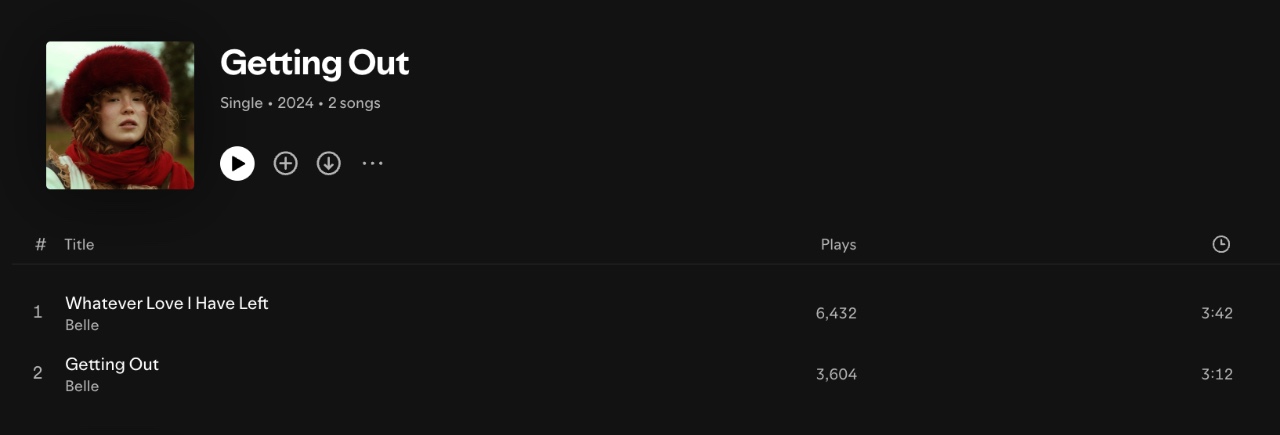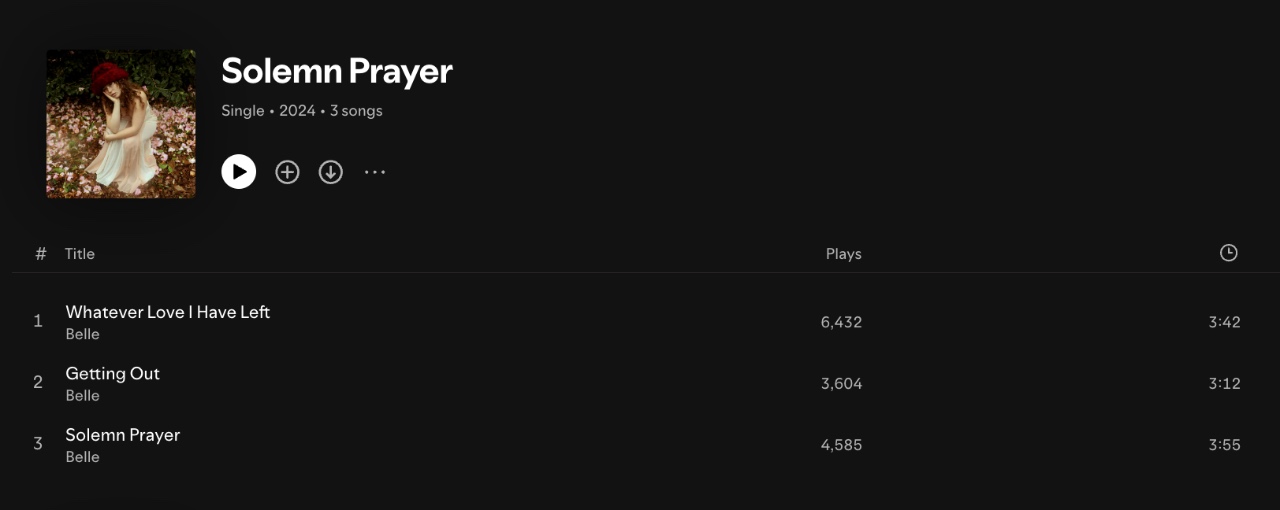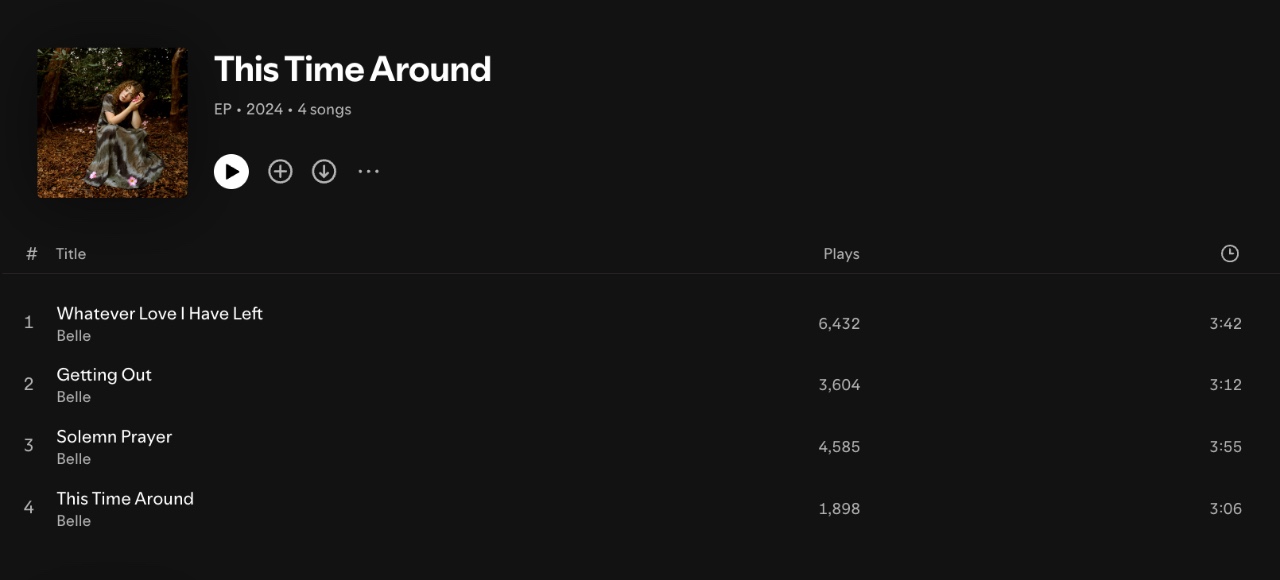Did you know that over 100,000 songs are released every day to digital platforms like Spotify? It’s now more important than ever to make sure your music stands out from the noise. Along with finding innovative ways to market your music, many artists are now looking at new strategies to release their music and keep fans engaged. You may have heard of the waterfall release strategy before. But what exactly is it and why are so many artists looking to waterfall their releases?
What is a Waterfall Release Strategy?
The waterfall release method is a unique strategy where tracks from an album or EP are released gradually on different dates. This has proven to be a successful alternative to the traditional technique of releasing everything on the same day. Popularised by The Chainsmokers in 2018, many well-known artists have adopted this newer trend within the music industry.
At Horus Music, we’ve seen a dramatic increase in Artist and Label services adopting and successfully utilising this approach. Paired with various marketing activities to maximise the potential and outreach of a release, many artists are seeing an increase in visibility of their releases through the waterfall release method.
What are the Benefits of Releasing Music via the Waterfall Method?
The waterfall release strategy offers several advantages. The primary benefit is helping to maintain fan engagement over time and allowing release campaigns to last longer. It also enables each track to shine individually. This is beneficial for securing editorial placements on digital streaming platforms (DSPs), amongst other marketing wins. It also allows each song room to breathe and be heard, rather than having tracks overshadowed in an entire release.
The waterfall release strategy aligns well with current music listening habits, catering to various types of listeners. Regular track releases can attract new fans, while the complete album remains accessible for those who want to explore an artist’s full work. This adaptability ensures that the strategy can be tailored to fit the needs of different artists and their fan bases.
Case Study- Belle
Horus Music Artist & Label Services client Belle implemented the waterfall release strategy for her 2024 plans. To do this, she had the full project ready, including the vision for the end results. This incorporated everything from the final masters to artwork for each track. Belle was then able to work backwards in terms of figuring out how the build-up for each release would be conducted. Most importantly, this focused on deciding which tracks to release and when. Belle’s execution of the waterfall release strategy proved to be very successful. Check out the details of the process below.
Release One: “Whatever Love I Have Left”
This one-track single release focused on the song “Whatever Love I Have Left.”

Release Two: “Getting Out”
This release includes the previous track “Whatever Love I Have Left“, along with the new song “Getting Out”. The artist made sure to use the same metadata as the previous release including ISRC code. This is to ensure the stream count carries across. However, the difference here is that the main focus for pitching and promotion was the new single “Getting Out“.

Release Three: “Solemn Prayer”
This release also included previous singles “Getting Out” and “Whatever Love I Have Left“. However, the central focus for pitching and promotion was on the new addition “Solemn Prayer.”

Release Four: “This Time Around”
And so, the waterfall continues! This release’s primary focus is the track titled “This Time Around“. However, “Getting Out“,” “Solemn Prayer“,” and “Whatever Love I Have Left” are also included within the overall release.

Top Tips for Waterfall Releasing
- Each time you release, there will only be one artwork for the whole product. There is no option for including multiple artworks for different singles within the release.
- Waterfall releases aren’t an automatic process. You will need to include all desired singles within each release every time you upload. To keep the stream count the same on previously released singles, you will need to ensure that the metadata for each included single is kept the same. As mentioned above, this encompasses elements like your ISRC codes.
- As the waterfall releases begin with between 1 and 3 tracks, this would be listed as a single. By the time you get to release number 4 (until approximately release 7), the full release will be listed as an EP. Following 7+ tracks, this would be classed as an album.
- When implementing a waterfall release strategy, it’s crucial to consider other factors such as promotion and timing. We recommend uploading with plenty of time and a decent 6-week gap between each release. This gives each track the best chance to shine. Ensuring you leave plenty of time to effectively plan and execute the waterfall strategy is essential for success.
When your waterfall strategy wraps up, you have two options. You can opt to keep all releases on DSPs. Alternatively, you can also remove earlier versions so only the final product is visible. It really depends on your preference for how your profile looks. Some artists don’t mind having repeated content, while others prefer a more cohesive appearance. For further advice on this, we’d recommend reaching out to our distribution team at alr@horusmusic.co.uk.
It’s important to note that with track linking, all versions of a song sharing the same ISRC code are synced. This allows streams from each live version of your song to combine into a single total. So, even if you remove a duplicate release from the beginning of the waterfall process, your stream count will remain intact.
If you’d like to try out the waterfall strategy for your next release, you can contact our team for further support at alr@horusmusic.co.uk.





